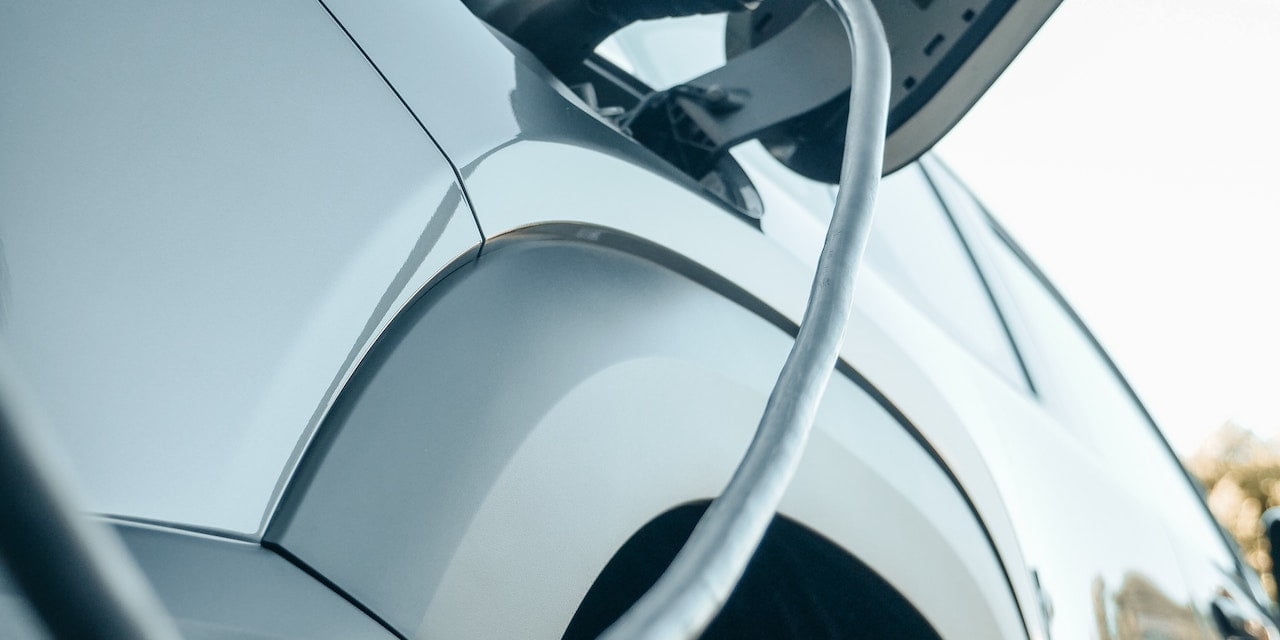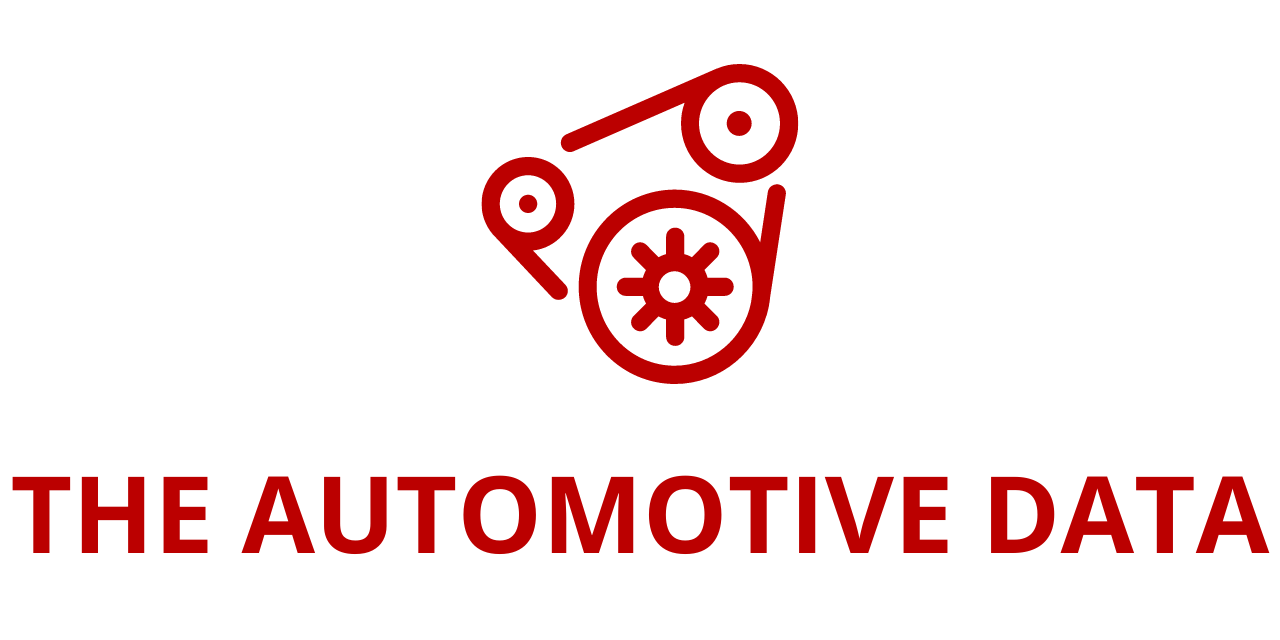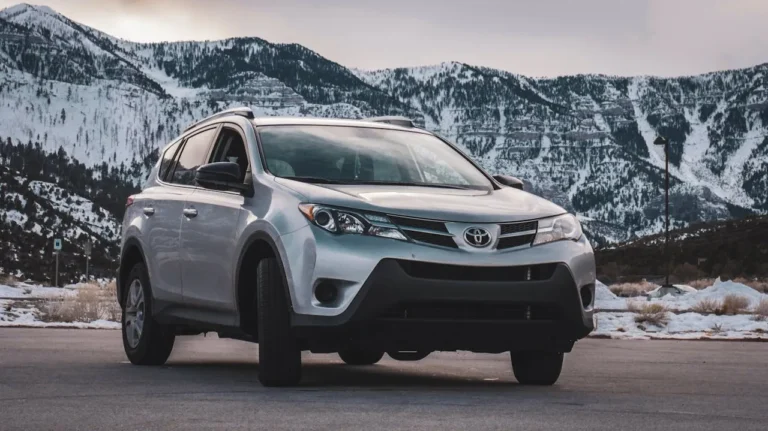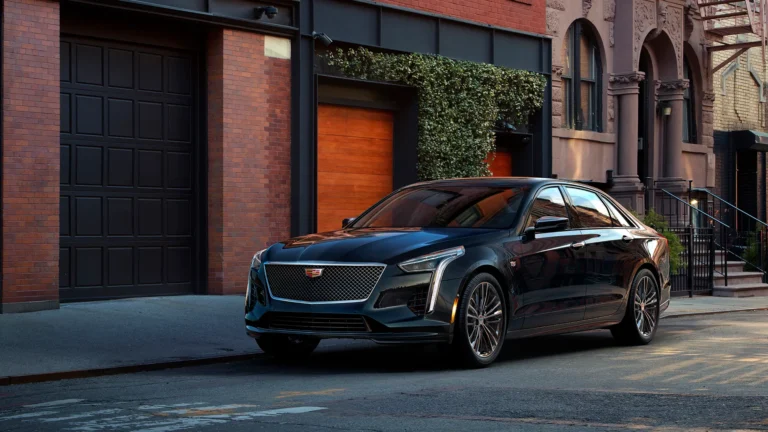
August 09,2023
The U.S. transportation and mobility systems are seeing exponential growth in many sectors including new vehicle technology, infrastructure, local battery manufacturing, and energy storage. This increase in mobility electrification has made sustainable transportation more easily accessible and more importantly, economically viable for fleet and logistics operators. The benefits of lower cost in fuel and maintenance, cleaner air quality for communities, and improved driver safety is inspiring the market to adopt new technologies.Why Consider Electric?
Every year, The U.S. Government is adding more regulations to ensure that the air we all rely on is protected. The greatest effect of these regulations are felt by the public everyday because much of our transportation and mobility are based on internal combustion engine vehicles. The goal of regulations is to reduce the amount of carbon emissions by reducing the amount of fossil fuel consumed. Regulators understand the difficulties of the change they are requiring and have focused on first providing tools to larger fleets like transit agencies, school districts, final mile delivery companies to transition their fleets and deploy cleaner, quieter vehicles.
Incentive programs are also available on both a state and federal level to help fleets to adopt cleaner technology. A growing list of state programs are being developed behind the models created in California, New York, New Jersey, and Massachusetts to assist fleets transitioning to new technologies. On the federal level agencies such as the Environmental Protection Agency, Federal Transit Administration, Internal Revenue Service also have very popular programs to help fleets adopt zero emission vehicles and lower carbon emissions.
Another reason fleets are adopting electric vehicles is purely financial. Electric vehicles often have lower operational, fuel and maintenance costs compared to the traditional Internal Combustion Engine driven vehicles.. The Environmental and Energy Study Institute noted that electric buses get up to 5 times more fuel economy than diesel buses operating on the same route. When looking at the total cost of ownership, one electric school bus is $31,000 cheaper than diesel, and one electric transit bus is $81,000 cheaper, according to the Wisconsin Public Interest Research Group. Furthermore, the added ability of a vehicle to become a source of revenue by connecting to the grid as a provider of in-demand power (V2G), makes it even more economical in the long term.
Steps Towards Electrification:
- Define Fleet Size and Needs
- Identify current vehicle usage, driving range, routes, replacement schedules and vehicle age
- Identify what regulations that might affect aging vehicle within the fleet
- Identify company financial and sustainability goals and budget charging requirements
- Charging requirements
- Consult with local utility company for review and recommendations for required power.
- Investigate local and state funding programs to incentivize charging stations.
- Determine which type of charger is optimal for your fleet, such as DC fast chargers.
- Assess location, quantity of needed chargers to site facility.
- Formal building plans and design will need to be created and pass local building codes.
- Review Available Commercial Vehicles
- Assess vehicle, range, capacities, options, cost and availability.
- Consult with OEM regarding available grants and funding programs that may be available
- Develop a Deployment Strategy
- Determine which vehicles and routes are the best candidates for electrification.
- Optimize Performance and Use Software Technology
- Integrate logistics/telematics software system to analyze your driving data.
- Incorporate Smart Charging to minimize costs, and set charge times.
- Investigate viability of V2G to lower costs, demand charges and generate revenue.







